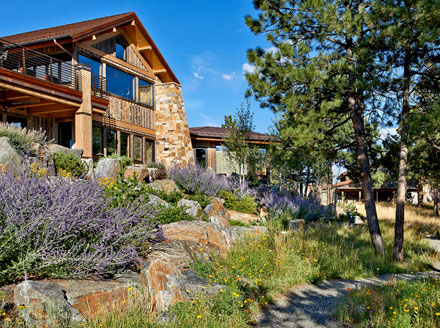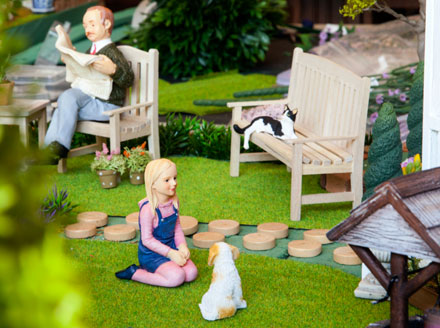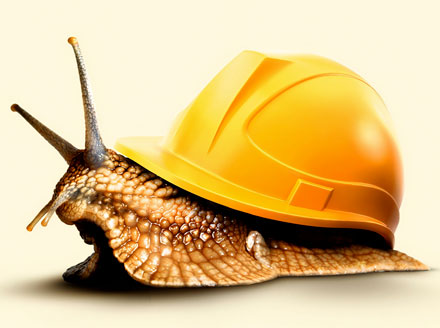Share This Post:
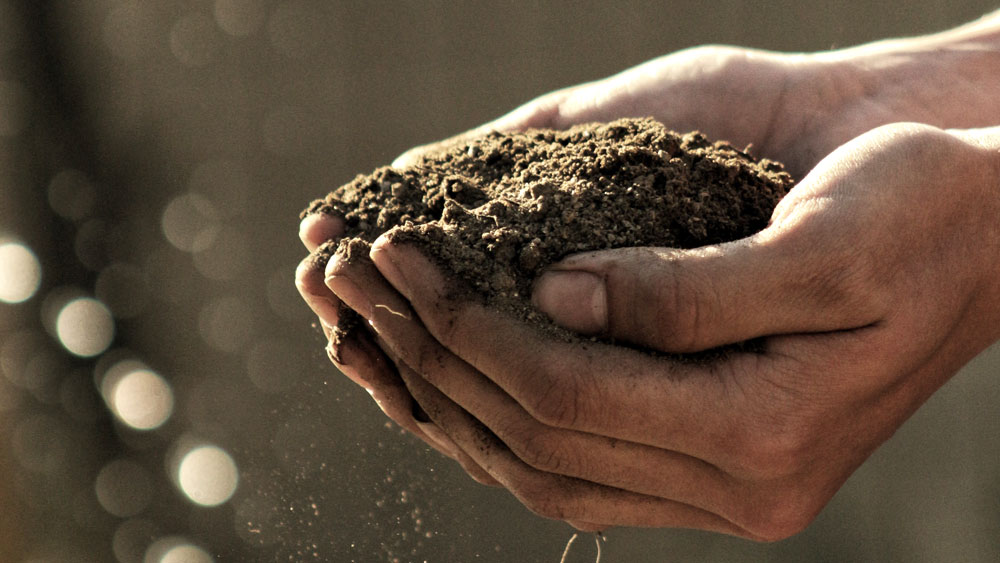
Image Credit: Gabriel Jimenez
The Dirt On Xeriscaping - Soil
The Dirt On Xeriscaping
This is post 2 of 7 in the series Xeriscaping Isn't Just For The Desert
This is post 2 of 7 in the series
Xeriscaping For Any Climate
LANDSCAPING | Carolyn Feinstein | June 08, 2020
LANDSCAPING | Carolyn Feinstein
June 08, 2020
Soil, dirt, ground, earth, whatever name you want to give it, it is the healthy foundation that encourages and maintains your plants to grow, and allows the microorganisms that keep your xeriscape looking beautiful to flourish. Soil amendments are an imperative part of creating a successful xeriscape. This is so important, in fact, that it is the second of the Seven Principles of Xeriscaping. We've already gone over the first principle, Planning and Design, and we will now review what it means to amend your soil to create the optimal underground environment for xeriscaping.
Depending on your location, the dirt in your yard may consist of clay, sand, or deep brown nutrient rich soil. You need to test the soil in the various parts of your land where you plan to incorporate xeriscaping. Don't go out and grab a test kit just yet. When I refer to testing, I'm saying to take a nice hard look at it to figure out what's down there. Soil conditions can change drastically in different parts of your yard depending on where the contractors did or did not put fill dirt and rocks. Remember, just because you dug down 6-inches near your driveway and found well-drained sandy earth, does not mean that you'll find the same conditions 10 feet away or 1 foot further down. If you are building a new house, this is an area where your geotechnical report will come in handy. When determining the engineering of your foundation, the architect and structural engineer will need to know the composition of the land to determine the necessary foundational structure of your home. They'll come in with a machine that looks like they're drilling for oil, punch some deep holes in the ground, and then produce a long report that tells you more about your soil than you ever thought you wanted to know. It won't tell you about nutrients, but you will have an extensive and highly detailed report about the soil beneath and around your house. This is a great resource! Keep in mind though, the construction process often disturbs and removes that layer of topsoil noted in the report, so plan to amend the areas you would like to plant.
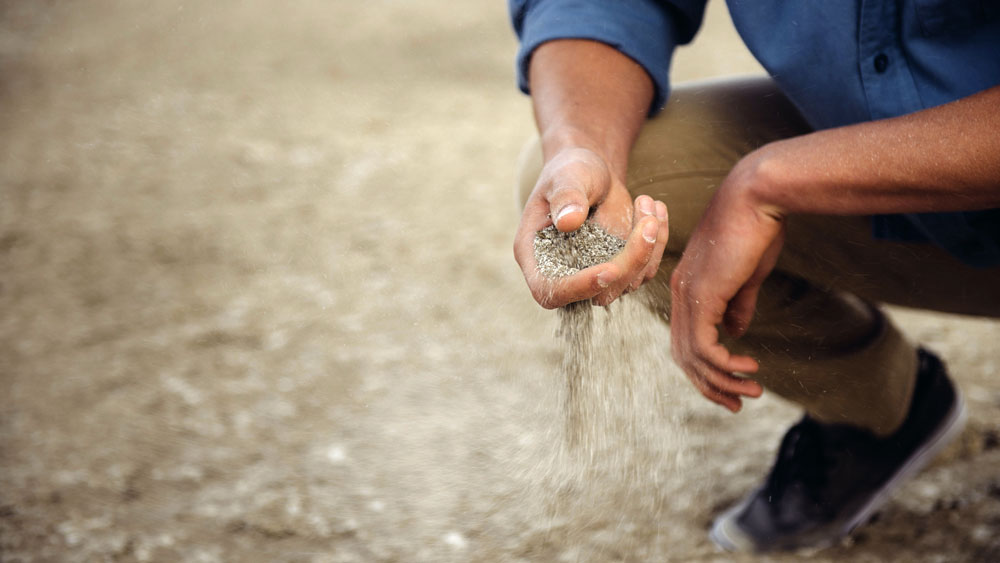
Image Credit: Forest Cavale
If you are planning to add xeriscaping to your existing yard, grab a shovel. You will want to dig down at least a foot. Once you've gotten a bit of dirt under your nails, you can always take a sample to the local garden center and have them help you determine composition, nutrients, and suggested amendments. While you're digging, if notice the soil changes as you get deeper (like going from sand to clay), make a note of the depths of the changes. Is it consistent across all of the holes you dug? Did you hit bedrock 3 inches under the dirt?
Specific soil amendments should be determined by a professional, but you can start to get a good idea of what you'll need depending on the plants you chose during the design phase. Native plants generally do not require amendments to the soil, assuming your soil has not been altered during the build process with fill dirt or sand. These would be the same types of plants that would grow wild had the land been undeveloped, so they have evolved to grow in unaltered conditions. However, if you plan to incorporate non-native species in your xeriscape, you will need to know the type of soil, amount of water, and required drainage these plants will need. You may have to revisit your design to ensure you have chosen plants that prefer similar watering conditions and soil types near one another. For instance, I would not place gladiolas next to a paddle cactus. Gladiolas prefer clay soil and humidity, whereas the paddle cactus requires well-drained sandy soil and very little water. One of these plants would not survive. However, if I take that paddle cactus and put it next to red yucca, they are both going to thrive and bloom.

Image Credit: Dustin Humes
Soil amendments should consist of as much organic matter as possible. There are shortcuts to a lush landscape by using commercial chemicals, but these have some major drawbacks. You are going for a low-maintenance, healthy, water-saving xeriscape. Disturbing beneficial insects by dousing them with inorganic chemicals can have long term ramifications that allow harmful insects to thrive. Planning to use organic, natural matter, to balance the soil to suit your plantings will keep the xeriscape environment healthy, allowing you the freedom to add what I refer to as "friendly bugs", like beneficial nematodes and ladybugs. Additionally, you will not have to worry about consuming harmful pesticides should you decide to harvest the fruit or leaves from your plants (cactus fruit - yum!).
To sum up, you have the least work ahead of you if you plan to use native plants. Non-native plants need to be assessed by drainage, water, and nutrient balances in the existing soil. Regardless, you have to take into account disturbances in the soil during the building process to ensure the nutrient rich and plant-appropriate soil you observed at the beginning of construction is still available to your plants when you are ready to put them in the ground. Time to get digging!




